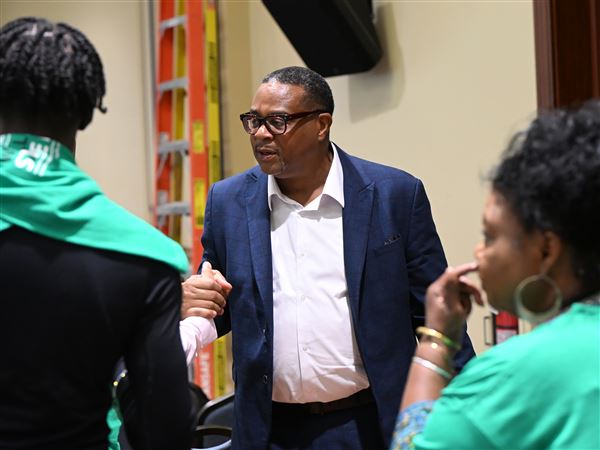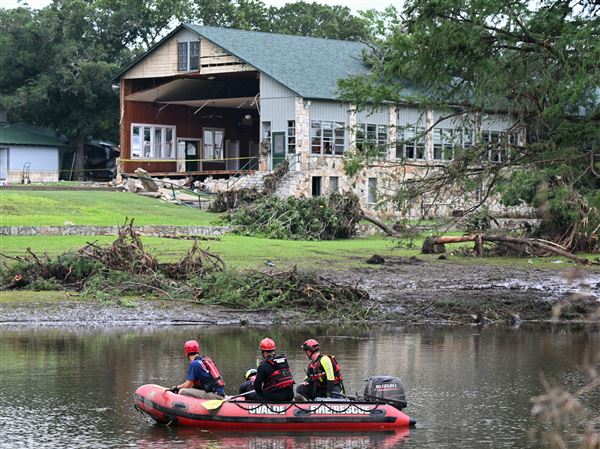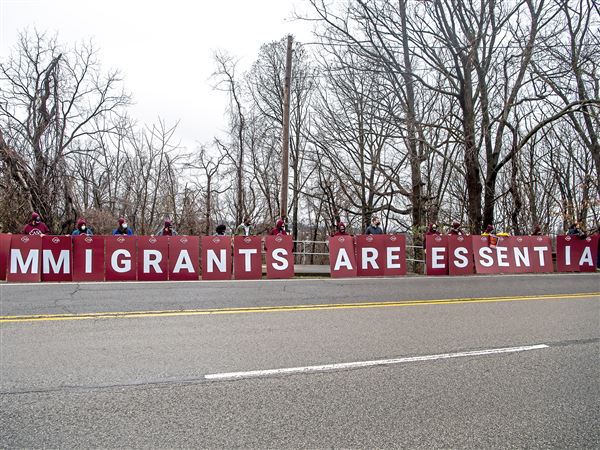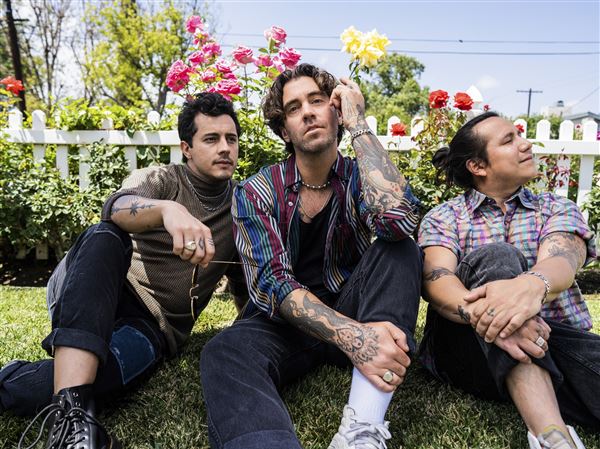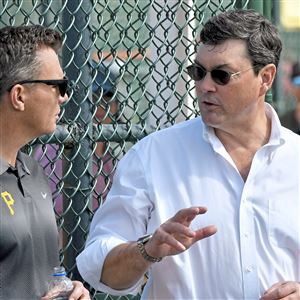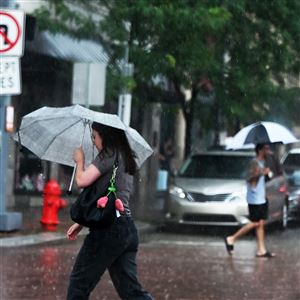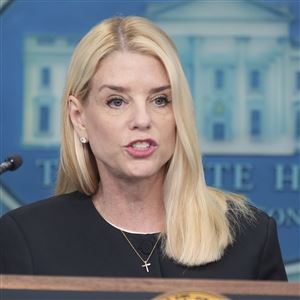Understanding how a city works is hard enough if you know the language of power.
Karen Abrams has spent the better part of two years trying to spread that know-how to adult groups in Pittsburgh's minority neighborhoods. She began to realize that to really make a difference, youth needed to learn the language, too.
"We have no interaction with 12- to 18-year-olds. But a lot of what we do will have an impact on them in five and 10 years," said Ms. Abrams, the Urban Redevelopment Authority's diversity and community affairs manager. "I thought, 'How do we build a generation of urbanists in communities of color?' We need to include them in the Pittsburgh renaissance."
Ms. Abrams came up with a brainchild: Urban Matters, based on a model at the Center for Urban Pedagogy, a nonprofit in New York City's Brooklyn borough. The Heinz Endowments has provided $50,000 toward its launch.
After several months of planning, the program will recruit high school students next summer to take part in extracurricular investigations of city systems and processes. The students will receive a stipend, and their work will result in audio-visual materials that could be disseminated more widely, possibly for inclusion in school curricula.
At a recent two-day workshop for about 20 potential local advisers, directors from the Brooklyn agency explained how their program helps students ferret out the processes, channels and hierarchies that determine what gets done in the city and how.
Those advisers came from the URA; the Heinz Endowments; the office of state Sen. Jim Ferlo, D-Highland Park; the Design Center; Transformazium, a community arts center in Braddock; and Riverside Center for Innovation. They also included several community development consultants.
Ms. Abrams took part in a Heinz Endowments arts program earlier this year that earned her a trip to Brooklyn to learn more about the program there.
"They work in communities whose populations are disaffected," she said. "They work with public schools and teaching artists who get kids involved in finding out how processes work."
The center in Brooklyn chooses its team and its students and then determines a central question for the children to investigate: What is the function of a community board? Where does food in Bronx bodegas come from? Where does the water you use come from and where does it go? How does the New York City lottery work? How do communities prepare for disasters?
Out of their investigations, one group of students created an affordable housing tool kit; another created a Sewer in a Suitcase that shows how the combined sewer system works.
In investigating the New York City terminal produce market, the students wondered why the bounty of fresh foods there wasn't making it to the Bronx bodegas their families depend on for food. They talked to public health and food studies experts and to politicians. The students and teaching artists produced a documentary and a talk show on the subject. They also publicly presented their work.
"The impact on students is an increased awareness about decision-making in the city," said Christine Gaspar, executive director of the center in Brooklyn. "They develop the ability to collaborate and gain confidence speaking in public. They learn to communicate creatively and learn multimedia, research and interviewing skills."
Ms. Abrams said the look and design of Urban Matters remains to be worked out.
"It is not going to be the Center for Urban Pedagogy Pittsburgh," she said. "But CUP can show us possibilities. What we ultimately want to do is engage more people in distressed communities in city processes."
Eric Stoller, a program officer at the Heinz Endowments, said he is interested "in bringing creative expression to break down seemingly impenetrable systems."
Majestic Lane, senior executive assistant to Mr. Ferlo, is one of the core planners of the eventual Urban Matters process.
"One idea for the Pittsburgh program," he said, "is to establish an alumni component to create a pipeline."
The URA is providing four staffers for Urban Matters. Ms. Abrams is talking with other foundations for funding.
Valeria Mogilevich, deputy director of the Center for Urban Pedagogy, said each student project takes nine months from planning to presentation. Each one costs about $25,000, but she said with multimedia production costs a future goal will be $50,000. Its funders include the New York State Council on the Arts and the New York City Office of Cultural Affairs.
Ms. Abrams said she hopes to convene an advisory group of about 25 people "to shape this into what it should be for Pittsburgh. If we are able to pull this off, there could be an iteration of the program for adults."
Diana Nelson Jones: djones@post-gazette.com or 412-263-1626. Read her blog City Walkabout at www.post-gazette.com/citywalk.
First Published: November 18, 2013, 5:26 a.m.
